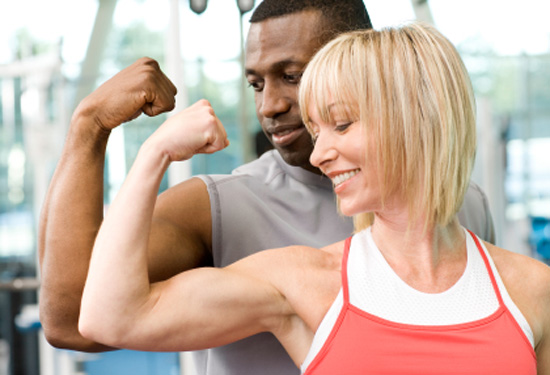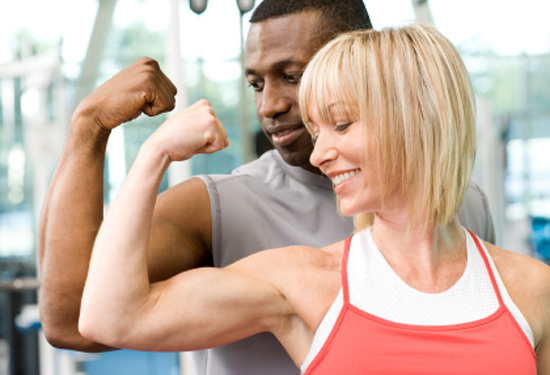Health
Only Active and Sport-Specific Warm-up Improves Performance


An active warm-up of the upper body improves the performance of athletes who use their arms and upper body, such as swimmers, kayakers and tennis players. Stretching, cooling, passively keeping warm or vibrating the upper body, on the other hand, has no effect on the sport performance.
Most athletes and coaches know that a good warm-up is important for optimal sport performance. Although much research has been done into the effect of certain types of warm-up on, for example, sprint and jump performance, less is known about the proper way to prepare the upper body and arms for an effort to be made. Researchers from Australia have therefore summarized and analyzed the results of studies on the effects of a warm-up on the performance of the arms and the upper body in this review article.
Optimal Preparation
The 31 studies used for their analysis were carried out among kayakers, swimmers, baseball players and tennis players. In these studies are the effects of different types of warm-up such as active (strength) exercises, external keeping warm, cooling or stretching of the muscles and the use of a vibratory plate on, among other things, the sport performance, the muscle strength and the provided power of athletes. examined.
The results showed that an active warm-up of the upper body such as intensive sprints on a kayak-ergometer, plyometric exercises and repeated strength exercises on at least 30% of the maximum deliverable force (30% of 1 RM) had a positive effect on the strength that the arm muscles could then deliver. These exercises also led to higher delivered capacity, improved mobility and reduced muscle pain after exercise. A warm-up with low-intensity exercises for the upper body, however, had no effect on the measured outcomes. The use of passive methods such as active isolated stretching, passive warming or cooling of the muscles or the use of a vibrating plate during the warm-up also appeared to have no effect on the sport performance.
From a separate analysis of 4 articles to the effects of a baseball-specific warm-up, it turned out that it is best to strike before the performance with a bat with the same weight as will be used during the race. The authors assume that this is because this prepares the players the best for the exact movement they will perform.
Conclusion
This overview study shows that performing an active warm-up of the arms and the upper body can improve performance in sports in which the arms play an important role. The passive heating, cooling or vibrating of the muscles in the upper body had no effect on the delivered muscle strength or performance in the analyzed studies.
-

 Tech11 years ago
Tech11 years agoCreating An e-Commerce Website
-

 Tech11 years ago
Tech11 years agoDesign Template Guidelines For Mobile Apps
-

 Business6 years ago
Business6 years agoWhat Is AdsSupply? A Comprehensive Review
-

 Business10 years ago
Business10 years agoThe Key Types Of Brochure Printing Services
-

 Tech8 years ago
Tech8 years agoWhen To Send Your Bulk Messages?
-

 Tech5 years ago
Tech5 years ago5 Link Building Strategies You Can Apply For Local SEO
-

 Law5 years ago
Law5 years agoHow Can A Divorce Lawyer Help You Get Through Divorce?
-

 Home Improvement6 years ago
Home Improvement6 years agoHоw tо Kеер Antѕ Out оf Yоur Kitсhеn































